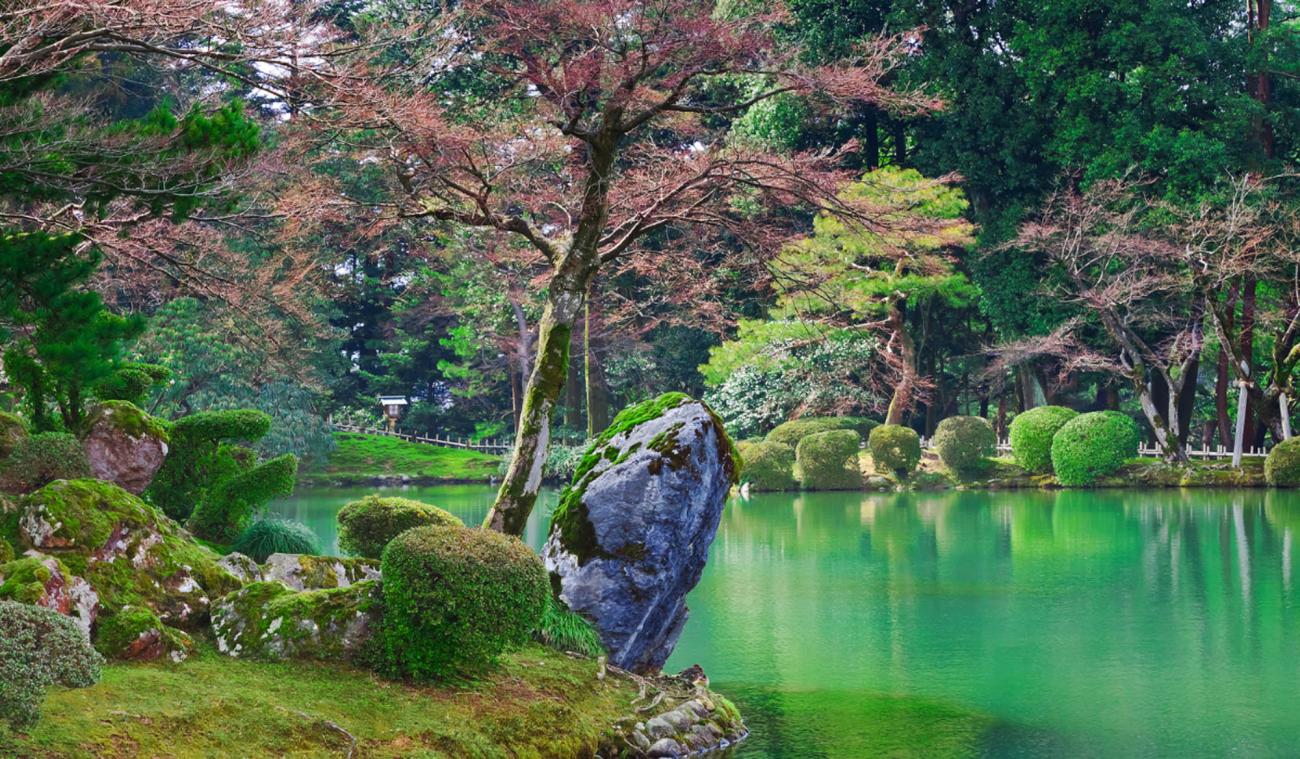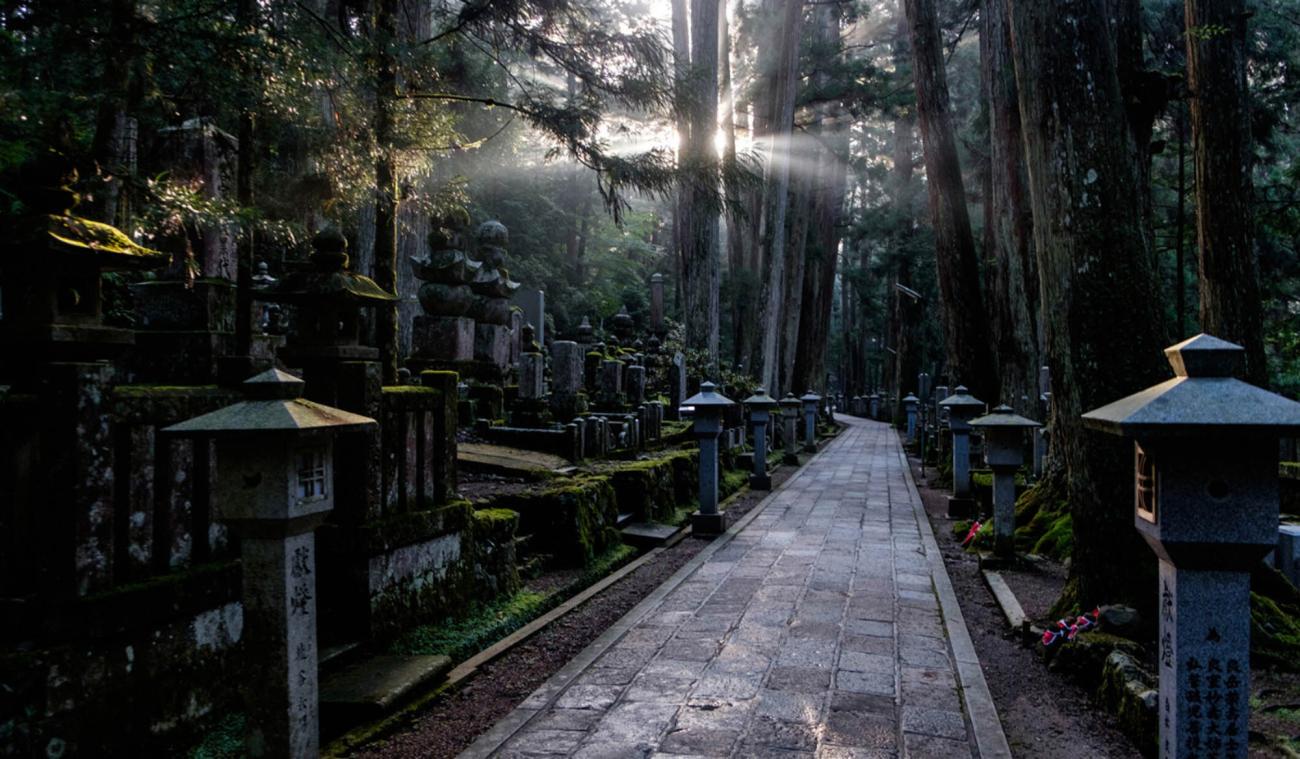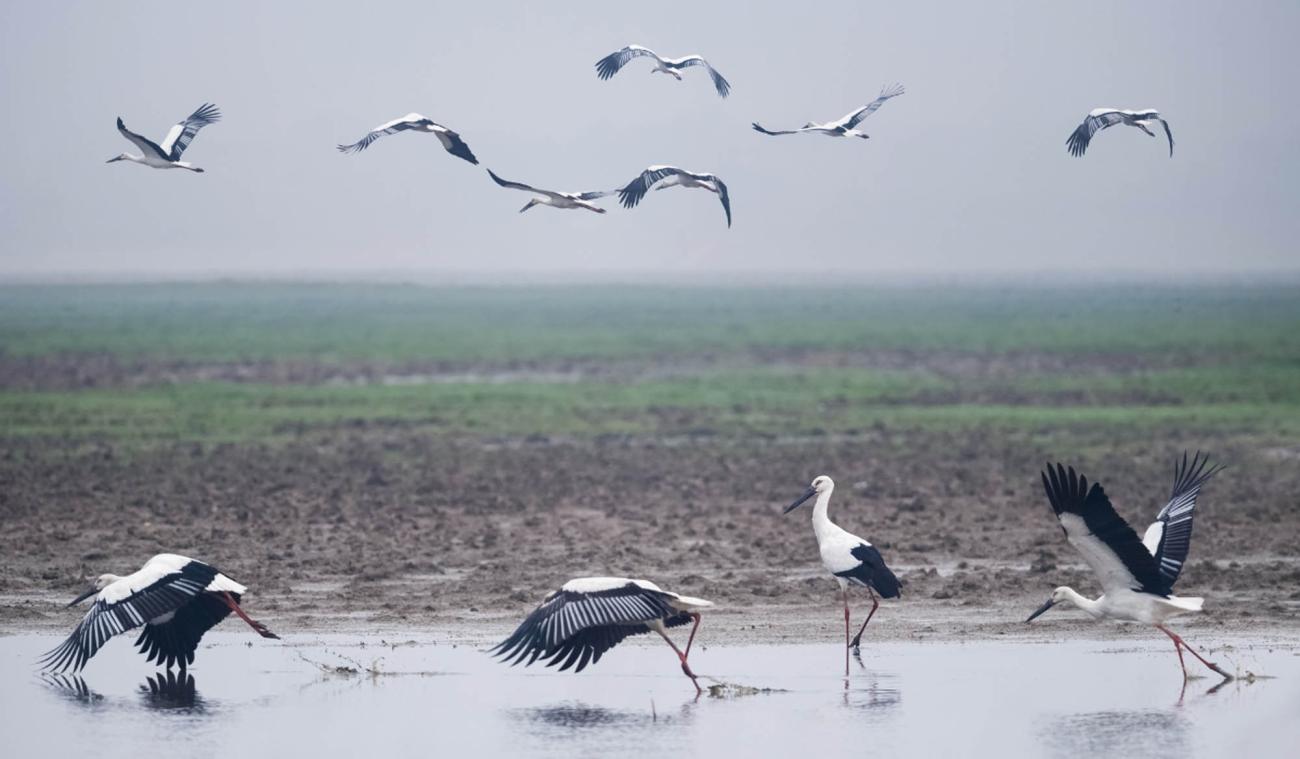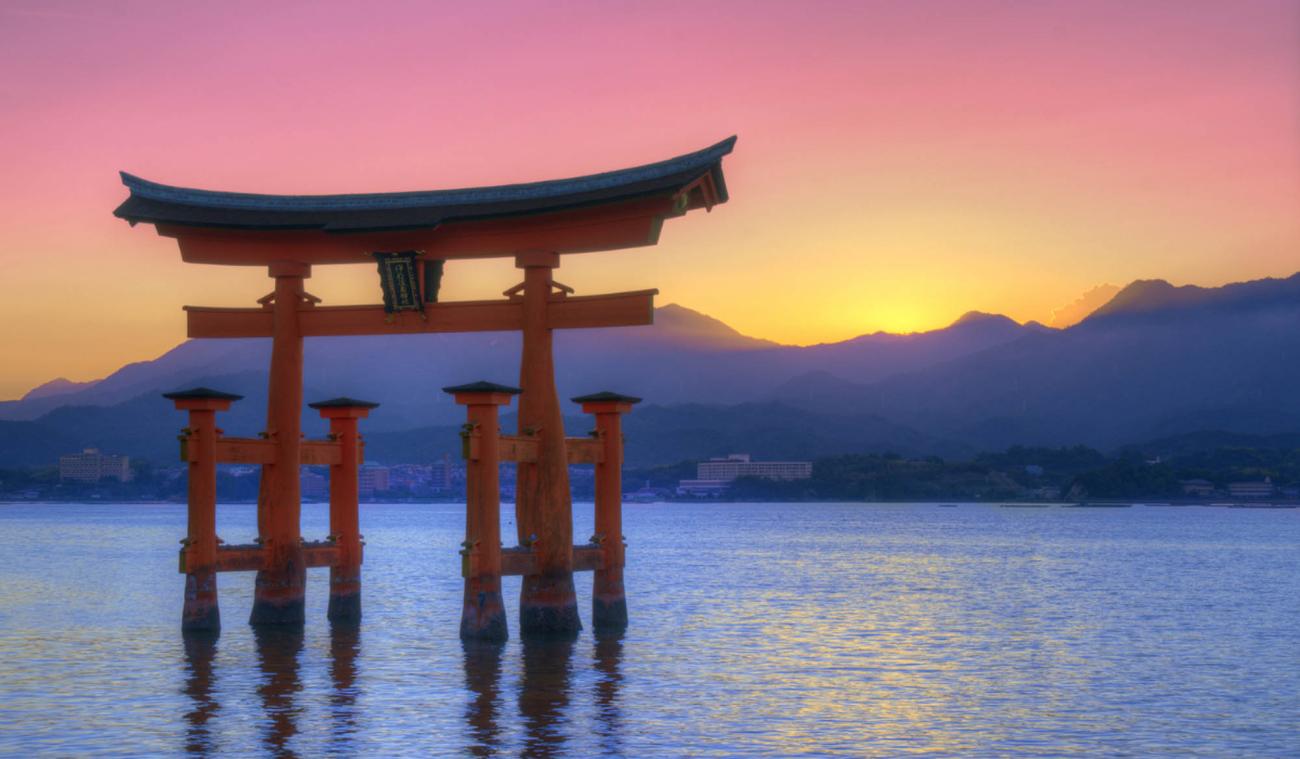Japan through the eyes of Ma 間
Japan has been growing in popularity as a travel destination recently, but beyond the neon lights and pachinko clinks of Tokyo or the ancient architecture and shuffling geishas of Kyoto, how can you make the most out of a trip that proves to be uniquely out of this world from start to finish?
Well, we took some inspiration from Japanese philosophy to do just that. But rather than looking ‘out of this world’ perhaps we just look at the spaces between…
In Japanese, Ma 間 refers to a necessary pause, or the concept of space being a positive entity, in the way the silence between the notes can make the music. But more than just a philosophical or artistic concept, Ma can enhance the way we relate to our surroundings - be it strolling around a garden or taking the time to value every little moment…
Let’s look at the moments within our Japan group tour and tailor-made itineraries that allow us to value every second if we apply the concept of Ma.
Garden stroll meditations: Classic Japan

A stroll through one of the three great gardens in all of Japan, Kanazawa’s Kenroku-en, meaning ‘garden of the six attributes' will provide you with a zen-filled, floral-scented space to practise that Ma pause.
It was a classical Chinese poem that outlined the six characteristics of a perfect garden - spaciousness and seclusion, artifice and antiquity, waterways and panoramas - said to be impossible to achieve in perfect balance. But the ruling Maeda family spent nearly two centuries achieving just that during the Edo period.
You can see the changing seasons gloriously reflected in this microcosm of serenity amongst the bustle of life. The intricate thought and detail poured into this space were said to enhance meditative practice during the feudal era, which may be just as essential today.
Chasing the light: Land of the Samurai

The Kanji symbol for Ma 間 combines the characters for door 門 and sun 日 and depicts the crevice through which the sunlight seeps in. Get a feel for Ma at Okunoin cemetery atop Mount Koya, a place of religious devotion and pilgrimage since the 9th century, where sunlight pierces through the tops of the giant cedar trees, bathing different gravestones in ethereal light.
Feudal lords and monks are immortalised here, as are all the insect victims of an extermination company in one touching headstone, inviting you to think about the sacredness of all life.
From here, a pilgrimage down the Kumano Kodo trail that meanders through sacred lands long considered a gateway into the mythical realm of Yomi, the afterlife, is as good a setting as we can imagine to ponder existential questions about the journeys we take. How comforting if this is what lies behind the door and life is the sunlight peeping through the crevice?
Nature restored: Japan In Style

The Oriental White Stork thrived in Japan before World War II. When food production suffered, farmers increased pesticide usage in rice fields to feed a starving population. It caused lasting damage to ecosystems and wildlife, including the stork, ironically a symbol of longevity and rebirth, similar to the iconic crane memorialised in origami at Hiroshima as paper wishes for recovery and peace.
Any loss of the familiar elements of the natural world leaves gaps that cannot be ignored, and they weren't. A reserve in the Hachigoro Wetlands introduced breeding programmes for the restoration of this elegant, endangered bird.
The people of Kinosaki made a promise that the stork would once again fly in the skies of Toyooka City, and given the space and time of over thirty years of dedication, they fulfilled their promise.
Harmonious reflection: Family Adventure

Itsukushima, widely known as Miyajima or ‘shrine island’, is best known for its ‘floating’ torii gate. Constructed with the rising and retreating tide of the Seto inland sea in mind, at high tide, it’s customary (or essential) to pass under the gate on a boat or canoe.
Canoeing through the gate is a transition from the ordinary and the human into the sacred land of gods. The Shinto shrine here is dedicated to the three daughters of ocean deities, built on top of the surrounding waters to signify the harmony between humans and nature.
The first twenty years of life are a constant (sometimes turbulent) flow of monumental transitions, that rarely allow time for children or guardians to adjust to each new phase. But as a family - with a double bow, two claps, and another bow - you can glide under the torii gate in a moment of familial harmony, honouring even the negative space that allowed this life to grow.
